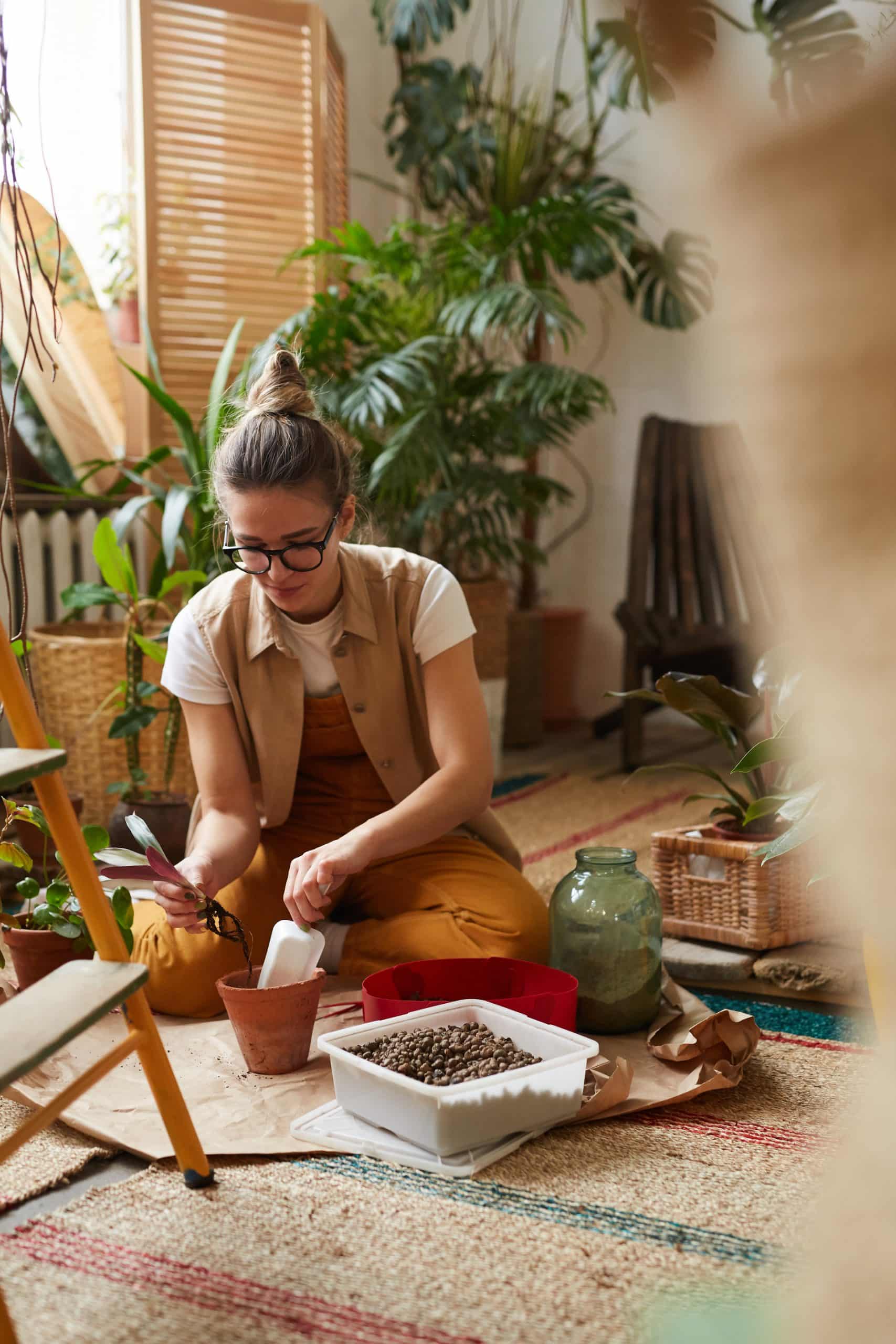How to Select and Maintain Live Plants in a Turtle’s Aquatic Habitat?

Creating a comfortable and stimulating environment for your pet turtles is crucial for their health and happiness. One of the key elements in setting up an ideal turtle habitat is inclusion of live plants. The blend of aquatic plants with the water in the tank forms a natural ambiance. It not only enhances the aesthetic appeal of the aquarium but also provides multiple benefits for your pet turtle. These plants offer hiding spots, food source, and help in maintaining the water quality. In this article, we will guide you on how to choose and care for the right plants to add into your turtle’s aquatic habitat, whilst keeping the environment clean and healthy.
Selection of Suitable Aquatic Plants
Selecting the right aquatic plants for your turtle’s tank is a crucial step. The plant should be able to thrive in water and must be non-toxic to turtles. Consider the turtle species as some are herbivorous and will eat certain plants. Hardy varieties like anacharis, java fern, and water hyacinth are good choices. They grow well in water and can withstand a turtle’s nibbling.
Lire également : What Are the Signs of Cognitive Dysfunction in Aging Parrots?
When choosing plants, also consider the size of the tank and the available light. Bigger tanks can accommodate larger bushy plants, while smaller tanks are better suited for smaller or trailing plants. Plants such as the java moss are ideal for smaller tanks.
En parallèle : What Are the Best Tips for Taking a Pet Bird on an Outdoor Adventure?
Plants also require light for photosynthesis. Position the tank so that it receives indirect sunlight or invest in an appropriate aquarium light to provide the necessary light spectrum for plant growth.
Setting Up Plants in the Aquarium
Introducing plants into your turtle’s tank involves more than simply placing them in the water. To ensure the plants not only survive, but thrive, it’s necessary to create a suitable environment.
Begin by laying substrate at the bottom of the tank. This will act as an anchoring spot for the plants. Use a substrate that is rich in nutrients to aid in plant growth.
Position the plants in a way that does not obstruct the swimming area of the turtles. Ensure there’s ample space for them to swim freely. Root the plants firmly into the substrate and add some decorative rocks around to prevent turtles from uprooting them.
Maintaining Plant Health in the Tank
Maintaining plant health is essential for their survival and to reap the benefits they offer. Monitor the light and temperature levels as plants require appropriate light and warmth for photosynthesis.
Regularly check the plants for signs of disease or decay. Yellow leaves or a slimy coating are signs of unhealthy plants. Remove any affected parts promptly to avoid the spread of disease and to keep the water clean.
Plants also absorb nutrients from the water so make sure you replenish these nutrients periodically for plant health.
Cleaning the Aquatic Habitat
Keeping the turtle’s aquatic habitat clean is vital for the health of both the turtle and the plants. Install a water filter in the tank to purify the water and keep it free from harmful chemicals.
Regularly clean the tank to remove any uneaten food, plant debris or excreta. This prevents the buildup of harmful bacteria or algae which can affect the water quality and the health of the turtle and the plants.
Take note to clean the tank without causing stress to the turtles or damaging the plants. Use a tank-safe cleaning solution and avoid any abrupt changes in water temperature.
Feeding Your Turtle
Live plants in the tank can provide an additional food source for your turtle. However, they do not replace a balanced diet. Turtles require a varied diet including commercial turtle pellets, leafy greens, and occasional protein like mealworms or cooked chicken.
Observe the feeding habits of your turtle. If they are eating a lot of the live plants, supplement their diet with other food sources. It’s better to have a separate feeding area outside the tank to prevent the turtle from overeating the plants and making the water murky with food particles.
In conclusion, live plants in a turtle’s aquatic habitat can create a vibrant and healthy environment for your pet. With proper selection, adequate care, and regular maintenance of the plants, you can ensure a long and happy life for your turtles.
Exploring Different Aquatic Plant Varieties
The variety of plants chosen for your turtle tank can have a significant impact on the overall health and happiness of your pet. These aquatic plant varieties range from small, floating species to larger, rooted plants. They each have their unique benefits and requirements, making it necessary to select the ones that best suit your turtle’s needs and your tank conditions.
Floating plants like the water lettuce, duckweed, and frogbit are excellent choices for a turtle tank. With their roots dangling in the water, these plants provide an excellent hiding place for shy turtles, and their leaves offer an additional food source. Moreover, they are easy to care for and help in oxygenating the water.
On the other hand, rooted plants like the java fern, Amazon sword, and Vallisneria can add more structure and aesthetic appeal to your aquatic habitat. They need to be anchored in a nutrient-rich substrate and are ideal for larger tanks.
No matter what varieties you choose, always remember that different plants have different light and temperature requirements. Ensure to provide a suitable environment for their growth.
Final Words on Live Plant Care in Aquatic Turtle Tanks
In the end, the inclusion of live plants in a turtle’s aquatic habitat is a decision that requires careful consideration, planning, and maintenance. However, the benefits that these plants bring make all the effort worthwhile.
To refresh, firstly, remember to select suitable plant varieties considering the turtle species, the size of your tank, and light availability. Secondly, set up the plants properly using a nutrient-rich substrate and position them strategically for ample swimming space for your turtles. Thirdly, pay attention to maintaining plant health by monitoring light, temperature, and nutrient levels, and regularly checking for any signs of disease or decay.
Keeping the habitat clean is also a must, which can be achieved by installing a water filter and conducting regular clean-ups. And while live plants can provide an additional food source for your turtle, they do not replace a balanced diet, so ensure to feed your turtle appropriately.
By following these guidelines, you can create a vibrant, healthy, and stimulating environment for your pet turtle. Not only will this make your turtle happier, but it will also add an attractive, natural touch to your home. So, embrace the beauty and utility of live plants in your turtle’s aquatic habitat and ensure a long, happy life for your pet.
To learn more about proper turtle care, view our other articles and resources here under creativecommons org. The images thumb guide offers visual assistance on tank setup and plant selection.
Remember, each step taken towards creating the best habitat for your pet is a step towards providing them with the healthiest and happiest life possible.
